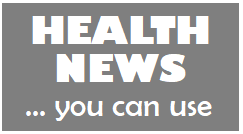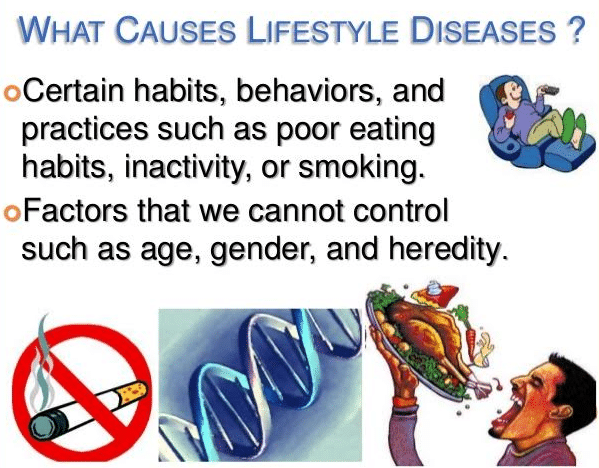Heart attack symptoms: Are they different in women and men?
By Susan Burke March
Continuing a tradition since 1986, February 2018 is American Heart Month. According to the Centers for Disease Control and Prevention, cardiovascular diseases (CVDs) to leads all other causes of American deaths daily, at least 2,200 each day. But, for reasons not yet understood, women fare much worse than men do after suffering a heart attack; 42% compared to only 24% of men die within a year of suffering a heart attack.
women fare much worse than men do after suffering a heart attack; 42% compared to only 24% of men die within a year of suffering a heart attack.
CVDs are also the leading cause of death throughout the world. The World Health Organization (WHO) reports that CVDs cause 31% of all global deaths, and most are preventable. Unfortunately, three-quarters of all CVD deaths are in low-and-middle-income countries. By addressing lifestyle factors such as tobacco use, unhealthy diet and obesity, physical inactivity, and harmful use (overuse) of alcohol, most CVDs may be prevented.
 Those who have CVD or are at high risk (due to presence of risk factors including high blood pressure, diabetes, high blood cholesterol, or pre-existing heart disease) need early detection and disease management.
Those who have CVD or are at high risk (due to presence of risk factors including high blood pressure, diabetes, high blood cholesterol, or pre-existing heart disease) need early detection and disease management.
But early detection can be problematic for women. The Harvard Health Letter quotes Dr. Nadita Scott, a cardiologist at Harvard-affiliated Massachusetts General Hospital, who says, “Most of what we know about the diagnosis and treatment of heart disease comes from research done on middle-aged men.” Women and men: know the signs and symptoms for both, so you can take quick action should the need arise.
In men, the sudden rupture of a cholesterol-filled plaque in a coronary artery precipitates a blood clot and the proverbial “elephant sitting on my chest” pain.
In women, a plaque is more likely to erode into a vessel wall rather than to burst, often producing different symptoms. Dr. Scott says that women are also more likely to have smaller, nonfatal heart attacks.
 Men are more likely to develop blockages of the large, surface arteries but women are more likely to develop small vessel disease, where blockages occur in tiny vessels within the heart muscles. She may visit the ER complaining of angina (classic heart-related chest pain) but when examined, her major coronary arteries may look normal.
Men are more likely to develop blockages of the large, surface arteries but women are more likely to develop small vessel disease, where blockages occur in tiny vessels within the heart muscles. She may visit the ER complaining of angina (classic heart-related chest pain) but when examined, her major coronary arteries may look normal.
The AHA says that women are somewhat more likely than men to experience some of the other common symptoms, particularly shortness of breath, nausea/vomiting and back or jaw pain. One other overlooked symptom can be a severe migraine with flashes of light, blind spots or tingling in the hand or face.
Common Symptoms: Men & Women:
Crushing Chest Pain
Cold and Profuse Sweating
Nausea
Pain Radiating to neck or left arm
Sudden onset of symptoms
Common Symptoms in Women
Profound sense of fatigue
Shortness of breath
Flu-like discomfort
Feeling of indigestion, heartburn
Symptoms last for a number of days
If you have any of these signs, call 9-1-1 and get to a hospital right away.
So, what can you do to lower your risk for heart disease and stroke? It turns out you can do a lot! Some things cannot be changed—you can’t change your genes or your inherited risk for some diseases. But today, and every day moving forward, you can make changes to your behaviors. There are so many things that you can do positively that they can outweigh the unchangeable negatives.
The American Heart Association has a wonderful webpage called Life’s Simple7, where you can learn some practical steps to Love Your Heart!
- Get Active
- Eat better
- Get to a healthy weight for You
- STOP smoking
- Control cholesterol
- Manage blood pressure
- Control blood glucose
Love your heart! Reduce your consumption of red meat, and avoid sugar-sweetened beverages. Plan meals with meat, poultry more as a condiment, instead the BIG portion on your plate, and eat more“little” fatty fish like sardines. Plant-based meals also mean more heart-healthy fiber. Include calcium-rich dairy like Greek yogurt and eggs, good sources of protein, selenium, vitamin B-12, zinc, and calcium. Read my column about heart health and eggs here.






















